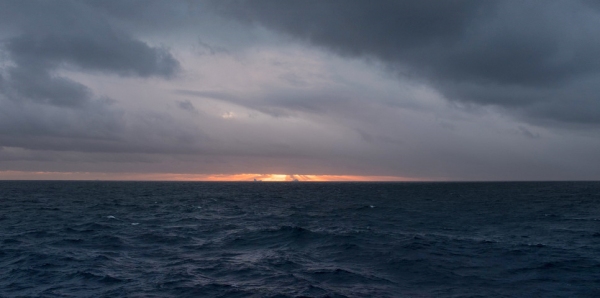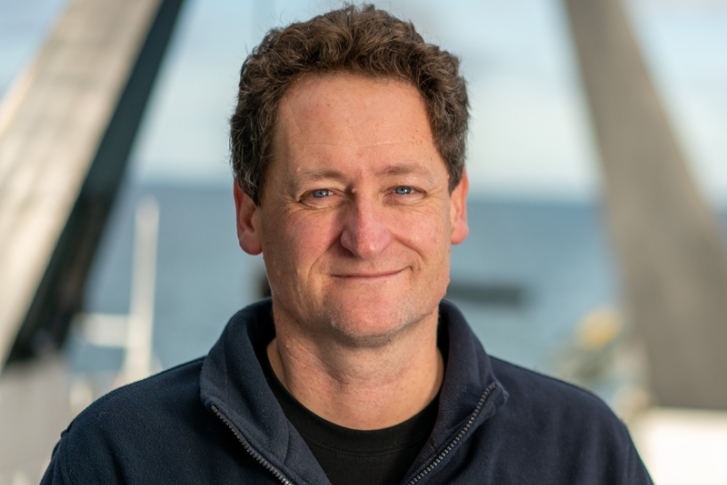13 February 2019. By Voyage Leader Dr Richard O'Driscoll.
Day 36 of the Ross Sea Environment and Ecosystem Voyage 2019 on RV Tangaroa. We are back in New Zealand waters and due to arrive in Wellington on the morning of Saturday 16 Feb.
The science work has mostly finished (except for the underway sampling), and we are now into clean-up and report writing mode.
We had one final operation today: to recover one of the five deep ARGO oceanographic buoys which we deployed on the way south.
This buoy has a faulty instrument, and the people in the USA responsible for the ARGO programme asked whether we might be able to collect it.
The ARGO buoys profile the water column and return to the surface at programmed times to send their data via satellite. This particular buoy drifted north with the ocean currents about 400 km since we dropped it off on 11 January.
Fortunately this put it right in the path of our return leg. The buoy was sent a command to remain at the surface this morning, and we were able to pick it up at lunchtime.
It has been a very successful voyage. Thanks to the scientists aboard, the Tangaroa crew, and the vast support network ashore that have made it possible. We look forward to sharing our results with you in the months and years to come.
Other voyage highlights included
- Tangaroa has travelled more than 11,800km since leaving Wellington on January 8.
- On February 4 the ship reached its furthest point south at 76° 30’ and 165° W of the voyage—just 30km shy of the most south Tangaroa has ever been.
- Almost 33 hours of video and 8000 still images were collected to look at animals living on the sea-bed.
- About 4700 samples have been preserved and must be cleared through biosecurity tomorrow.
- 36 whale sightings were logged, made up of more than 190 individual animals including humpback, minke, blue, fin and killer whales.
- Six moorings were retrieved and the six deployed. These will continue to collect data until they are picked up in 2021.
- 227 gear deployments, including 31 buoys to monitor ocean condition; 35 underwater camera runs down to a maximum depth of 1450 m; 78 plankton tows; 41 fish trawls; and 34 drops with a conductivity temperature and depth (CTD) profiler, which collected nearly 700 litres of water from the surface to 500 metres.
- The trawl catch of 1946 kg was made up of 110 species, including 56 types of fish. Rare and unusual fish species included whale-fish, snail-fish, and big-scale fish, which are being brought back for identification at Te Papa. Three large Antarctic toothfish with estimated weights of 30-40 kg were tagged and released.


